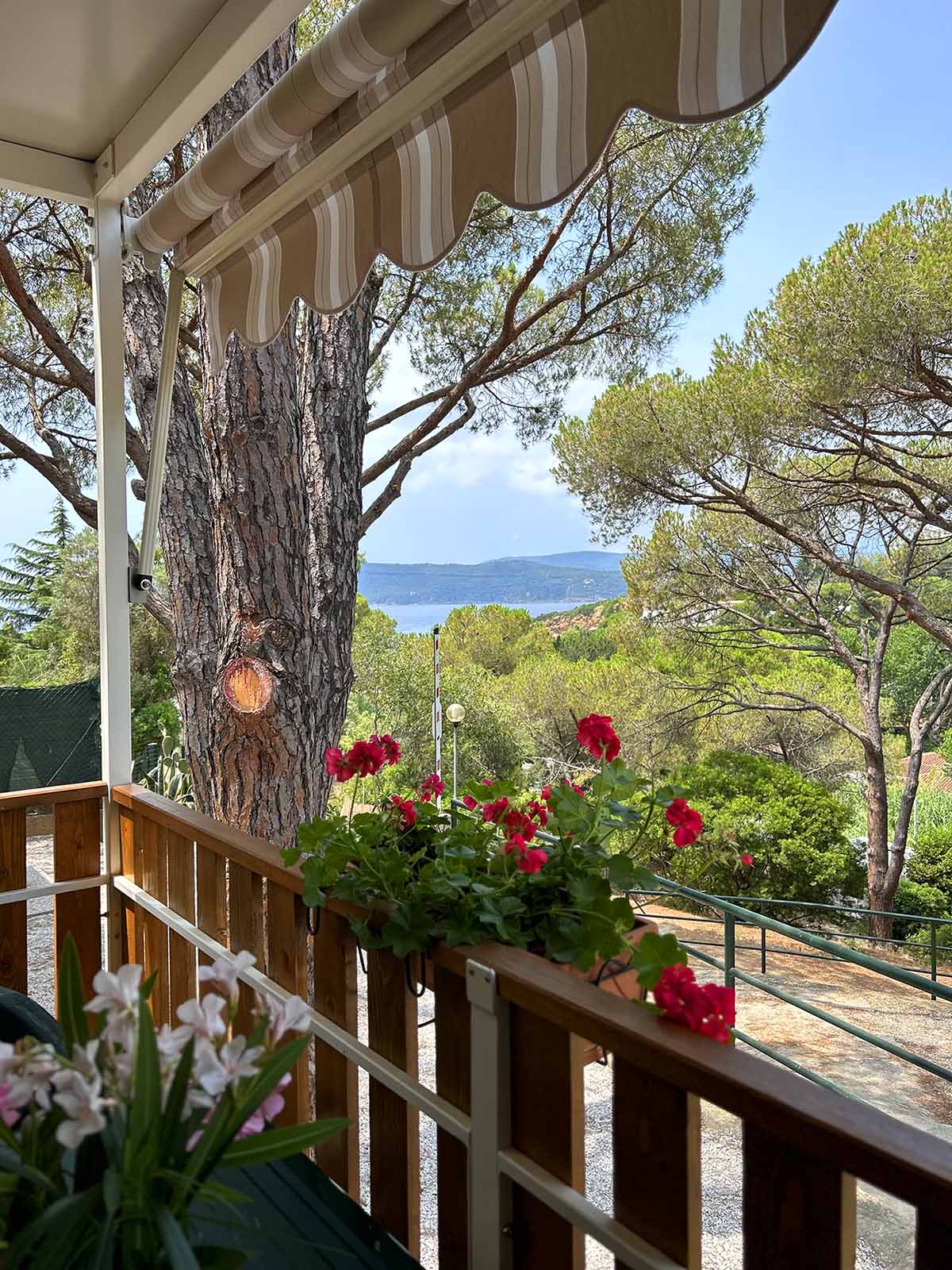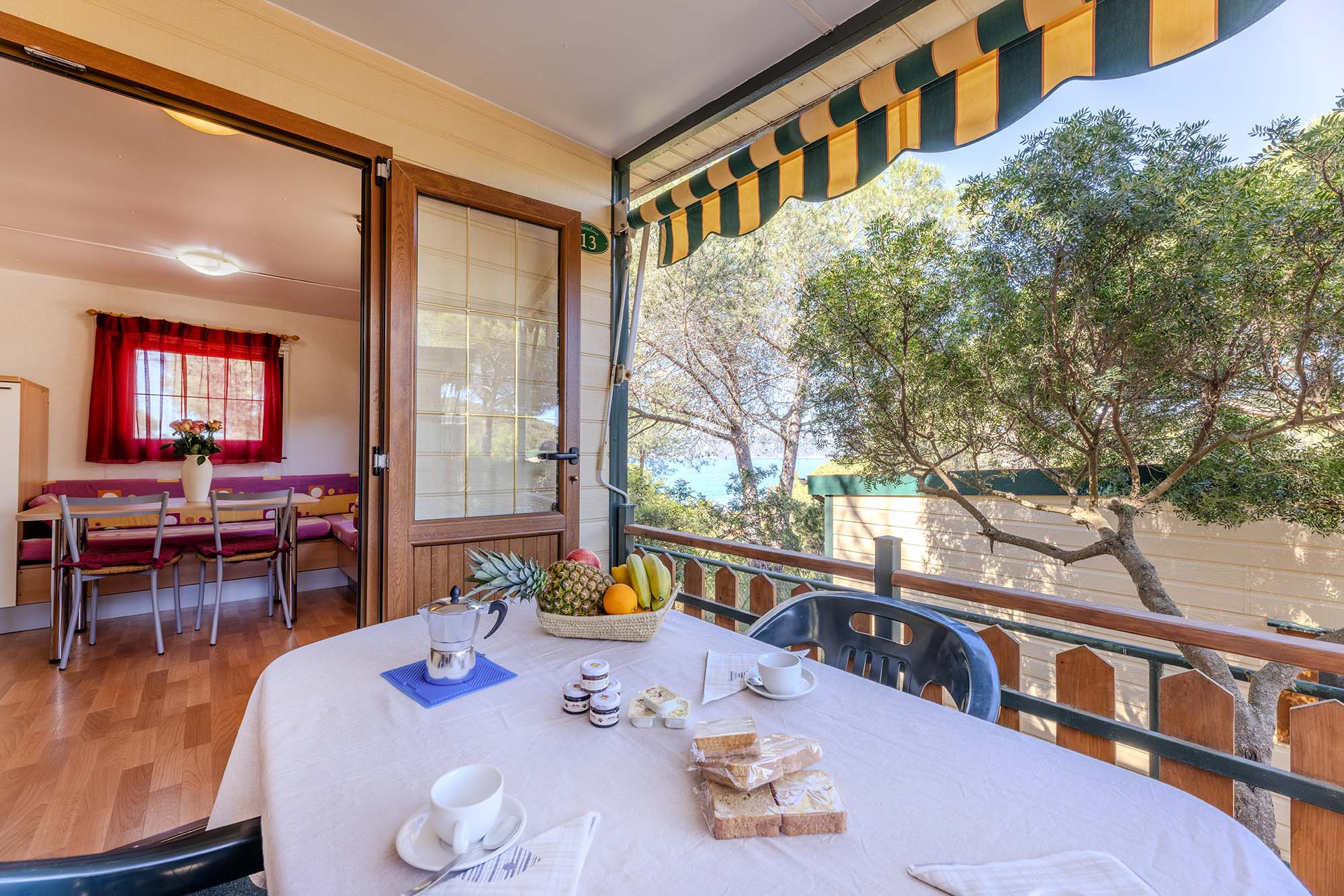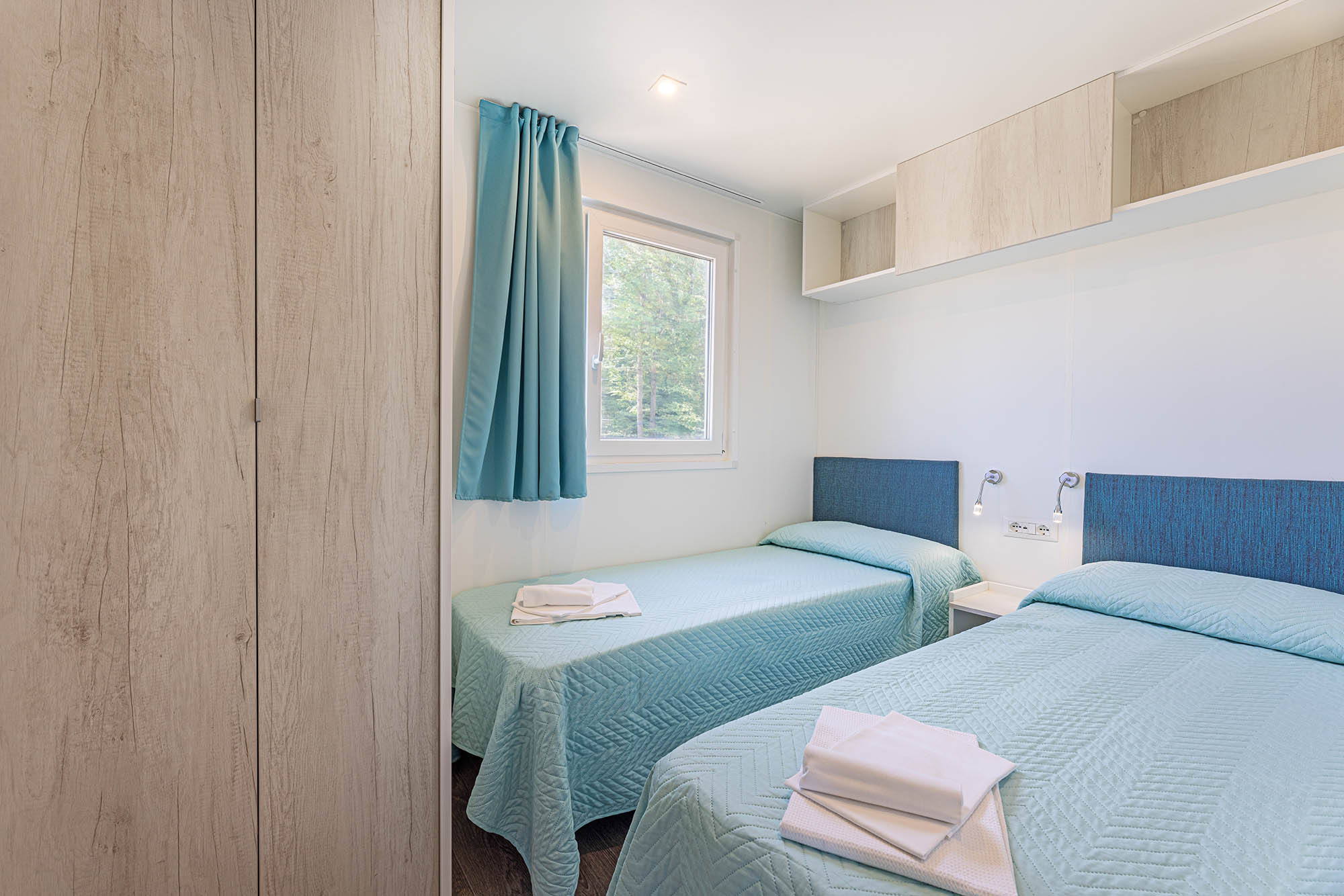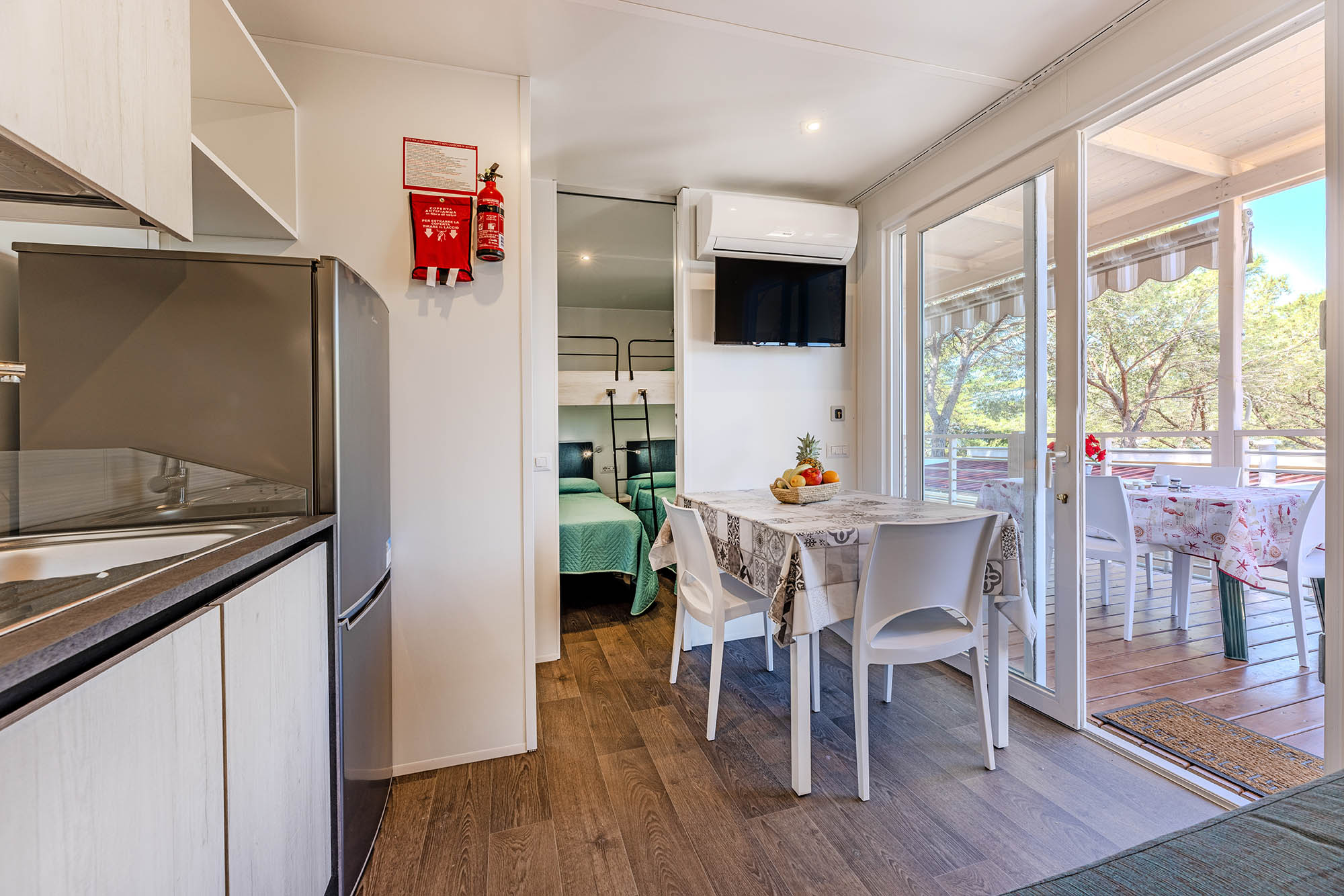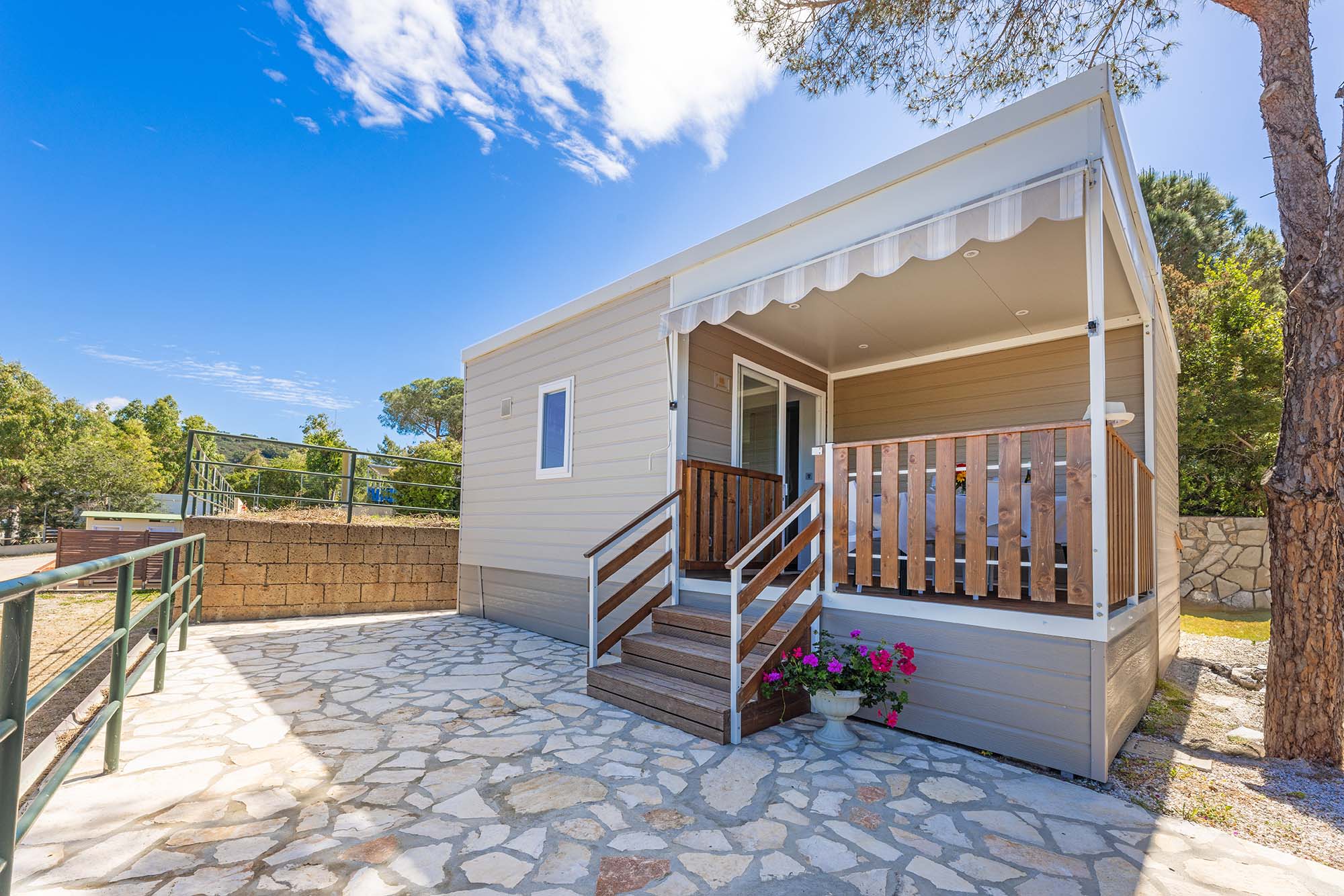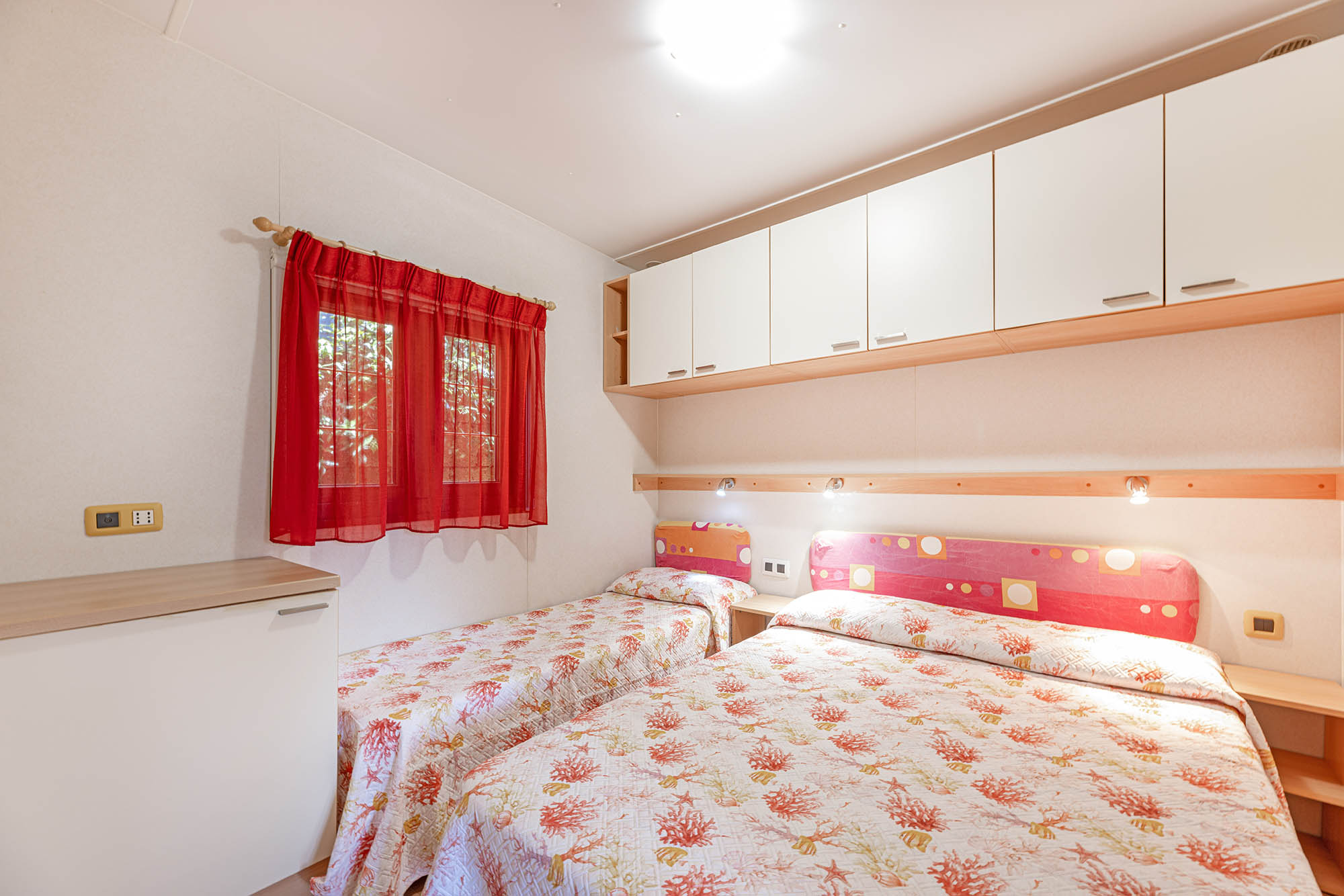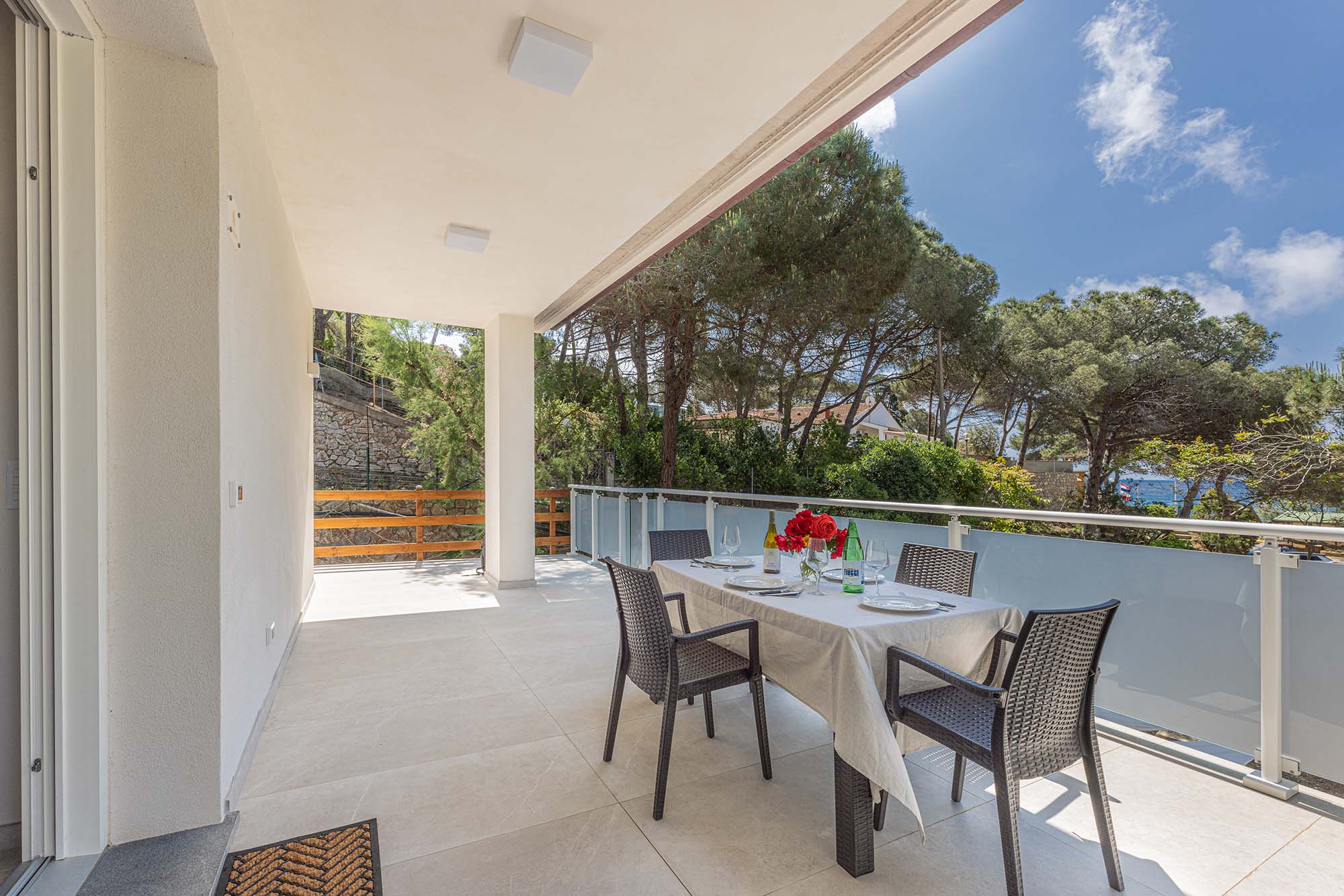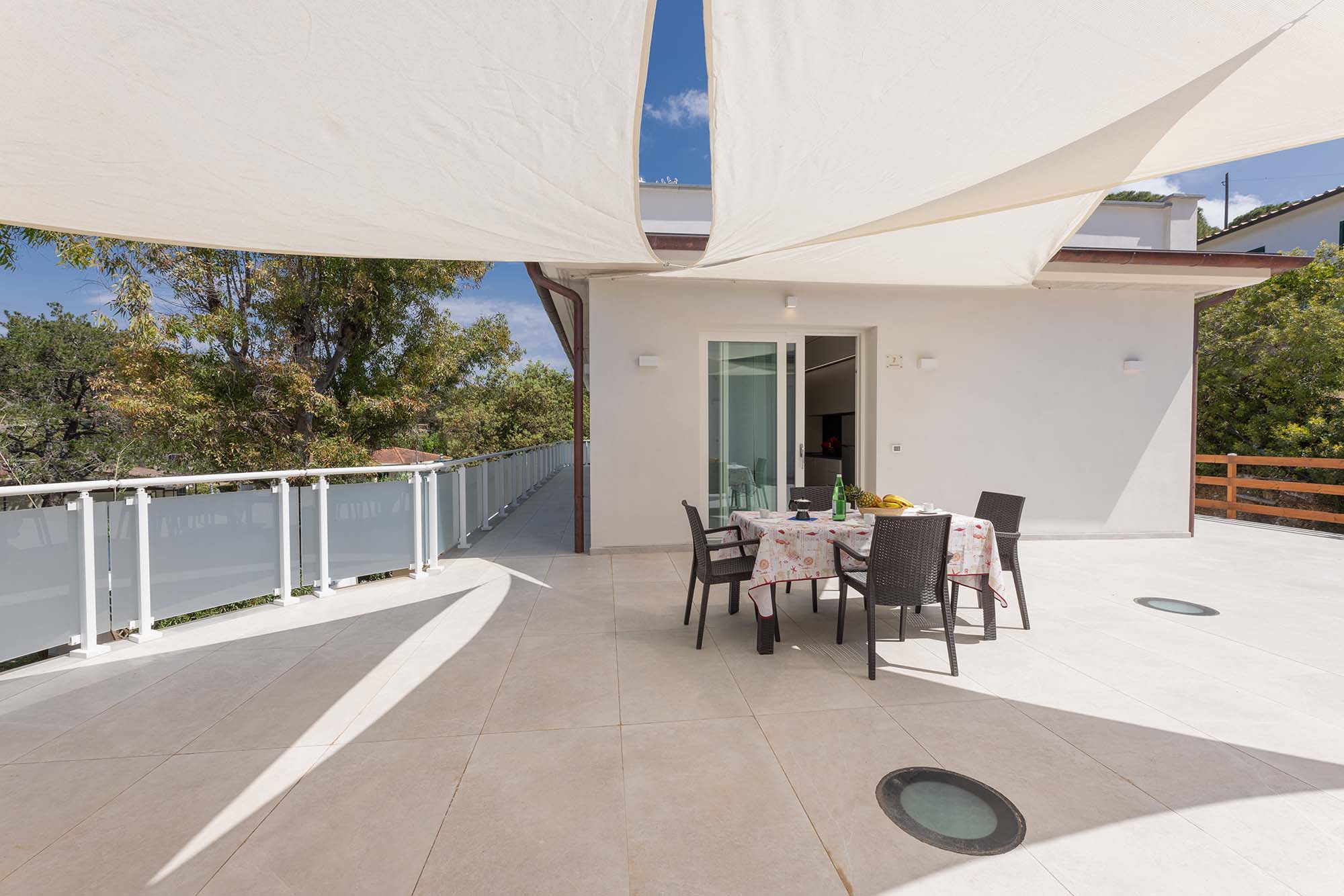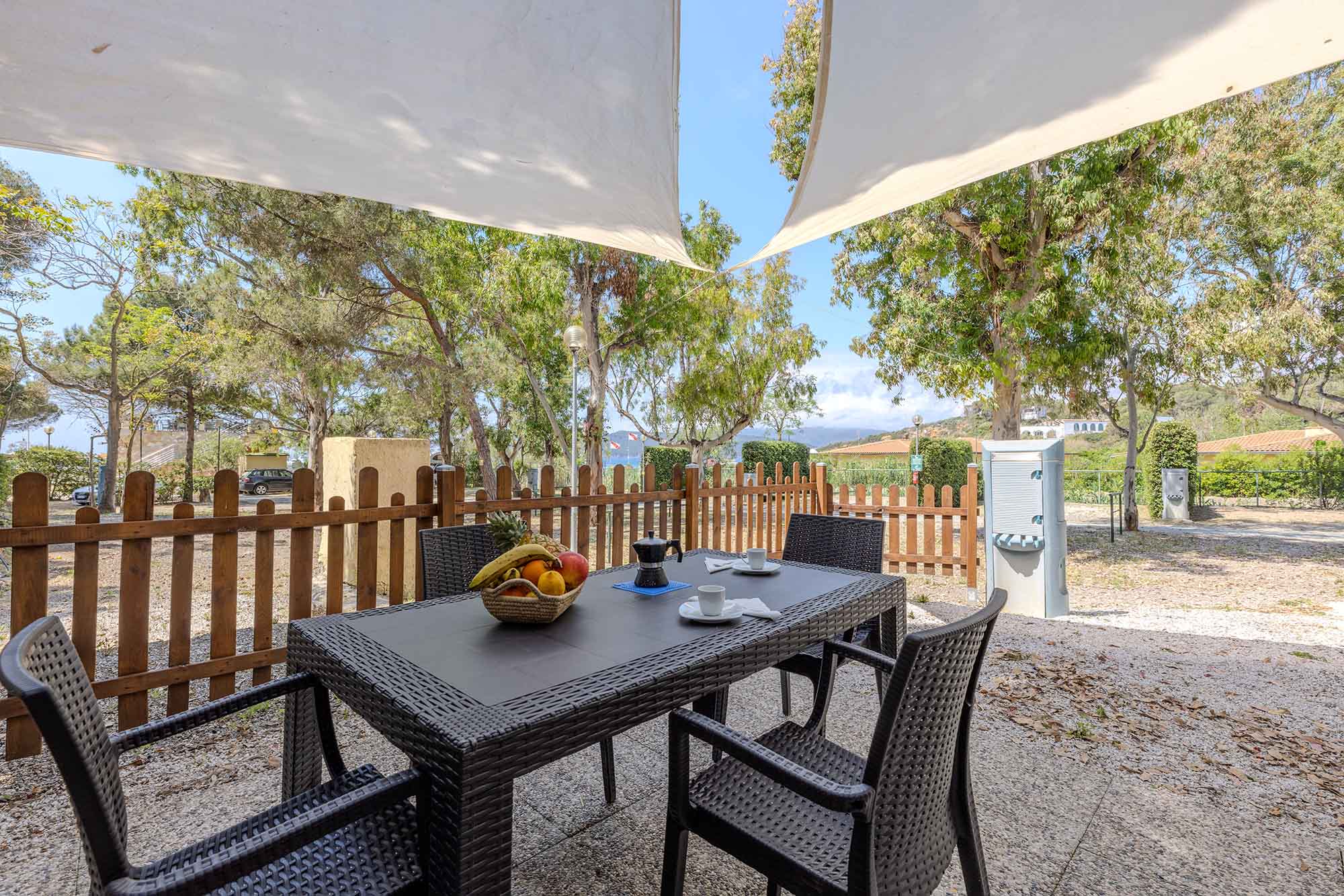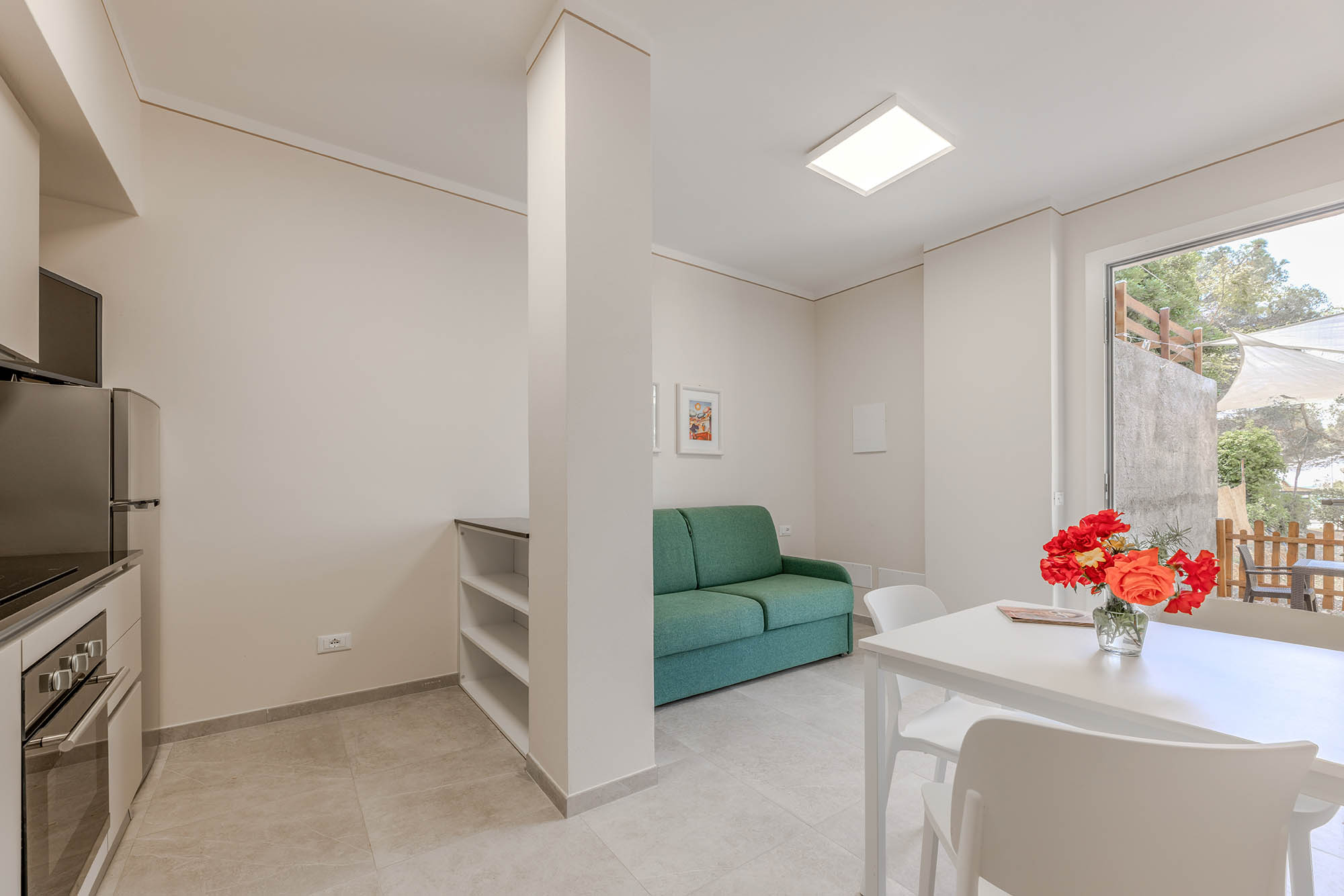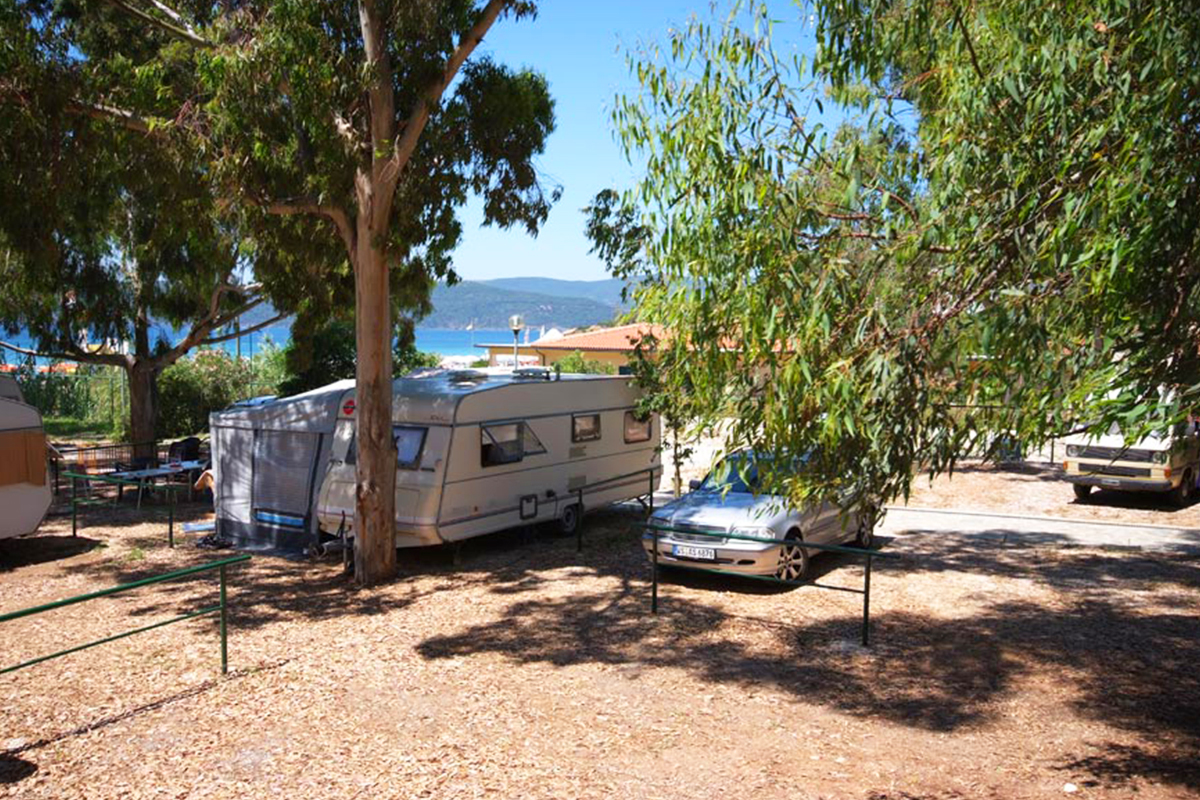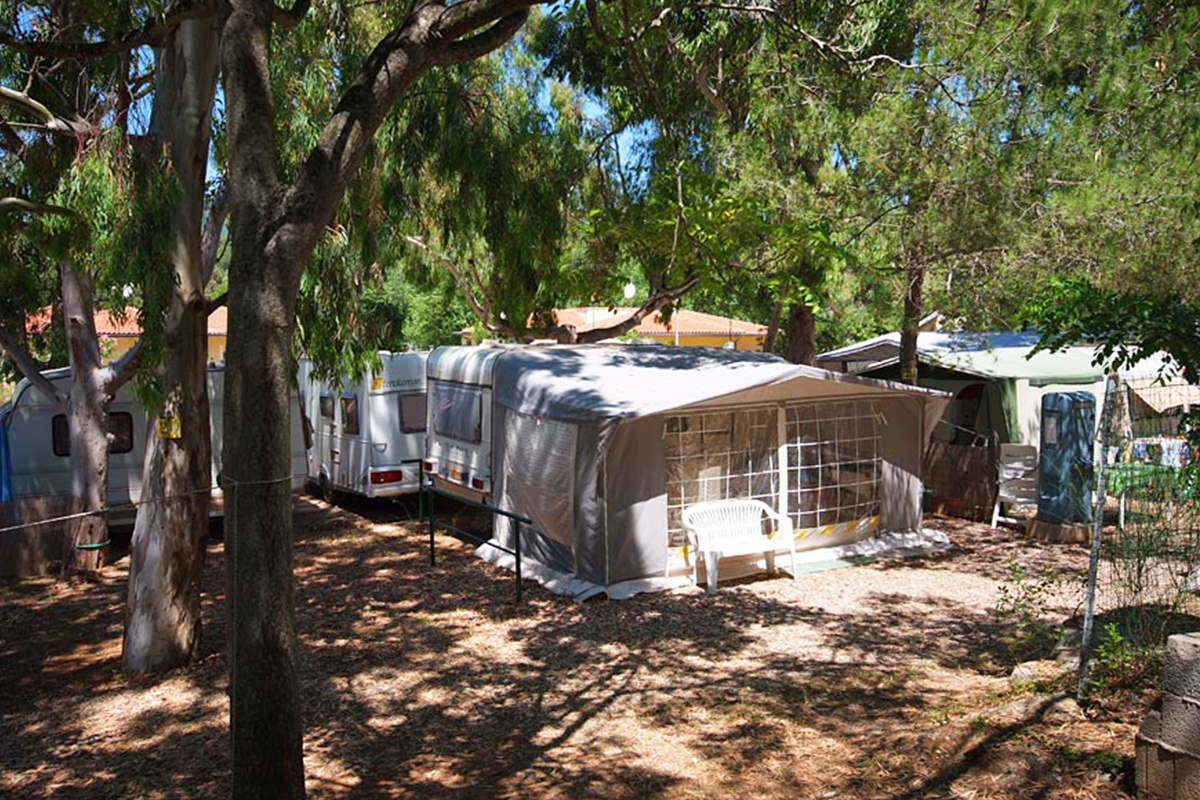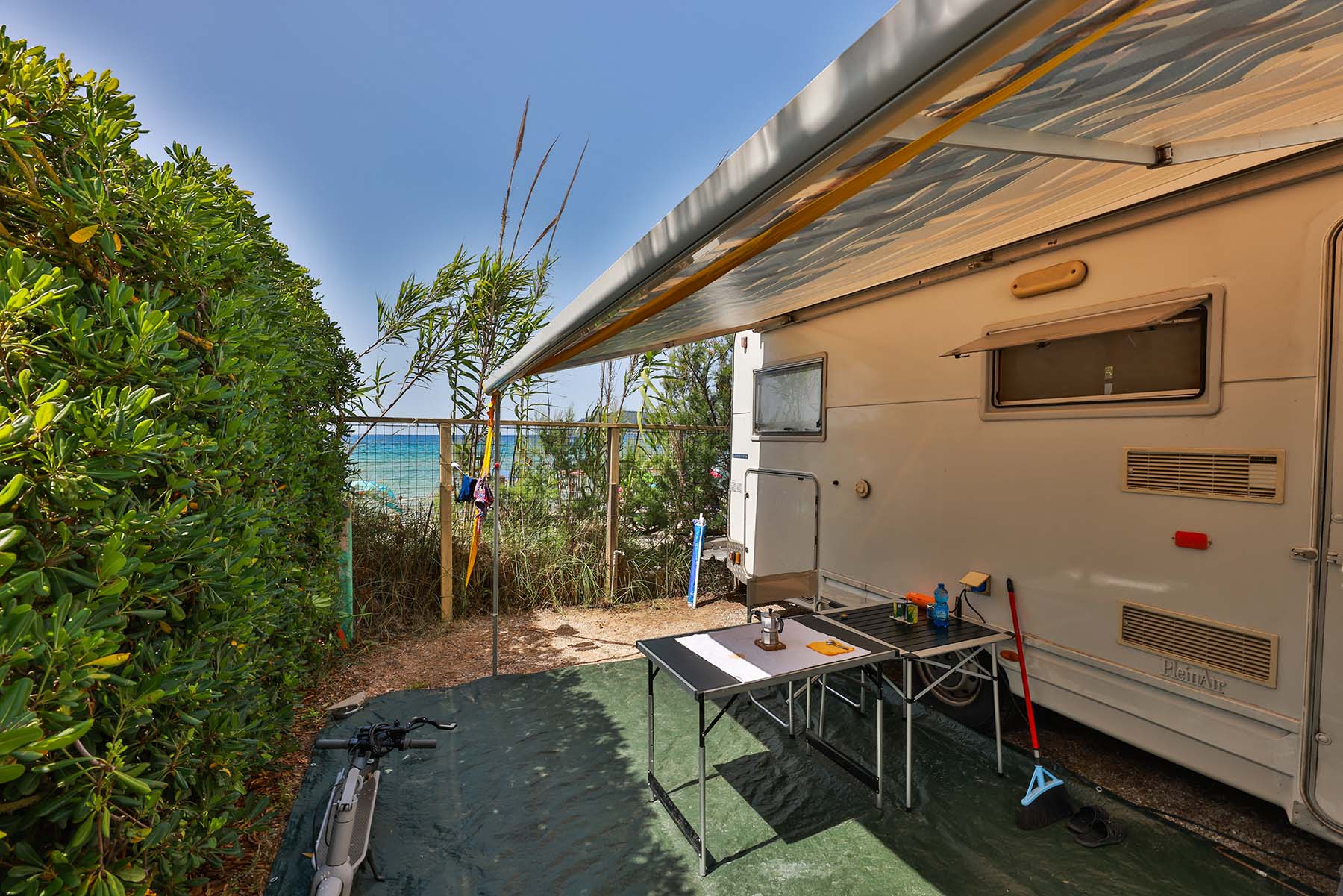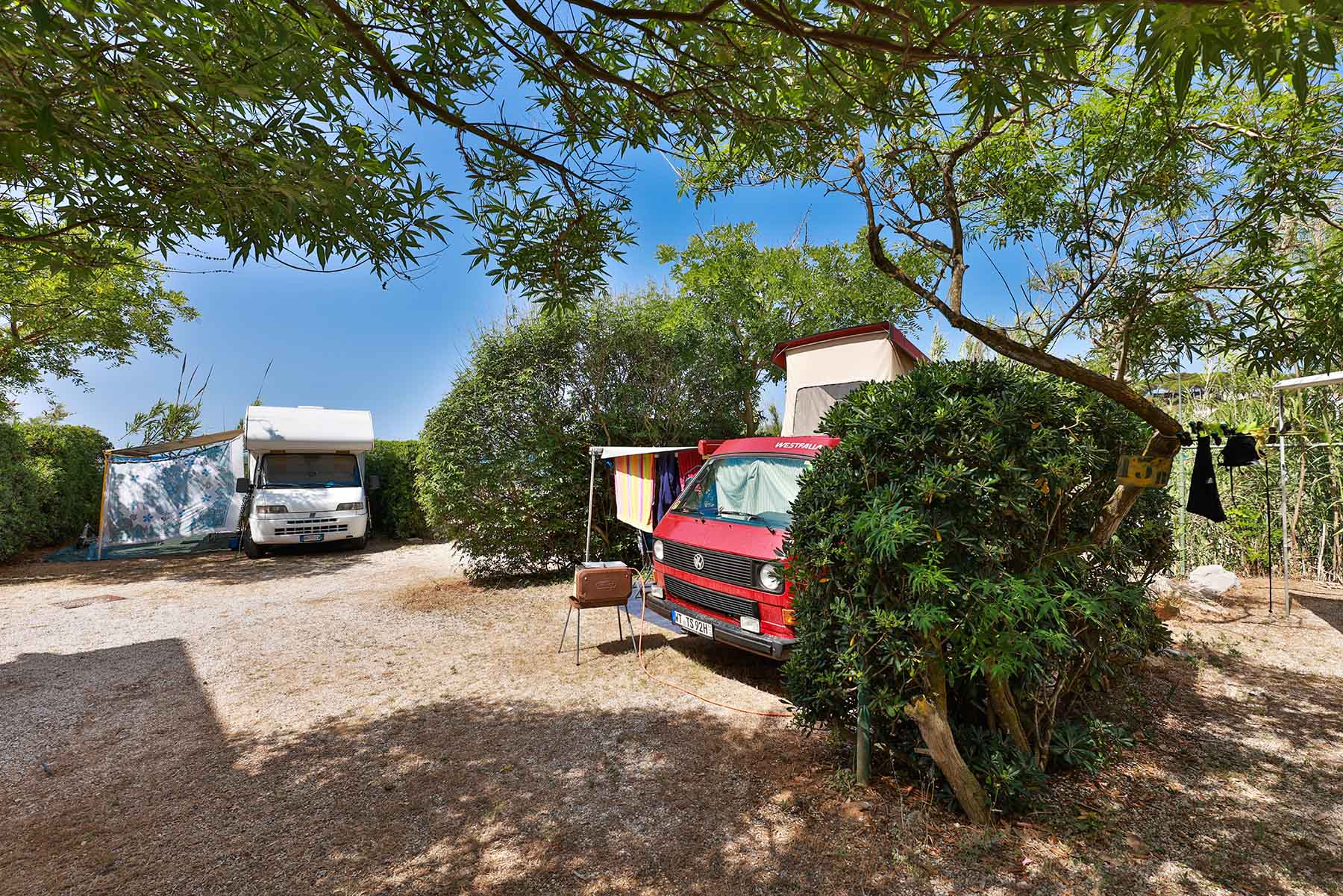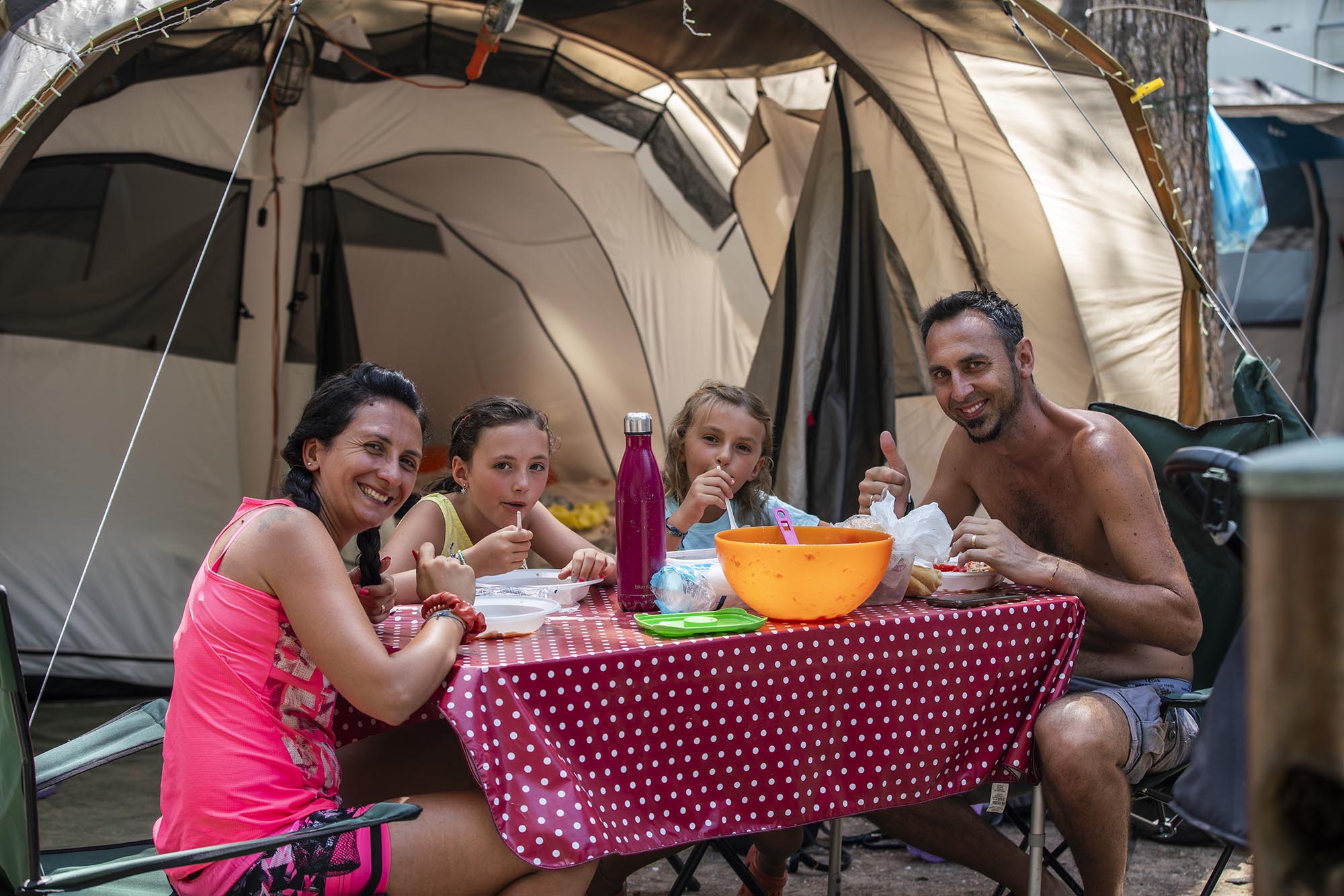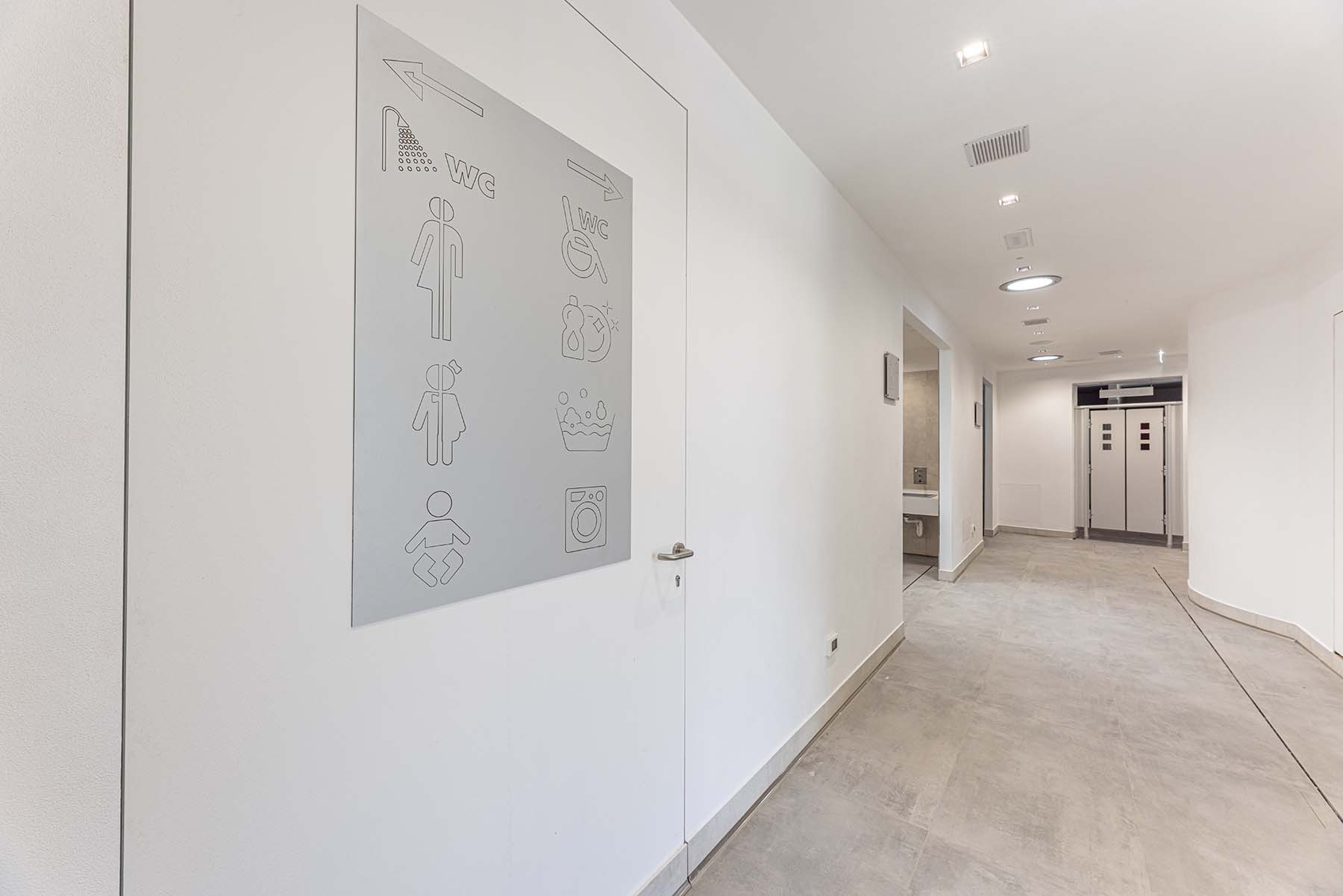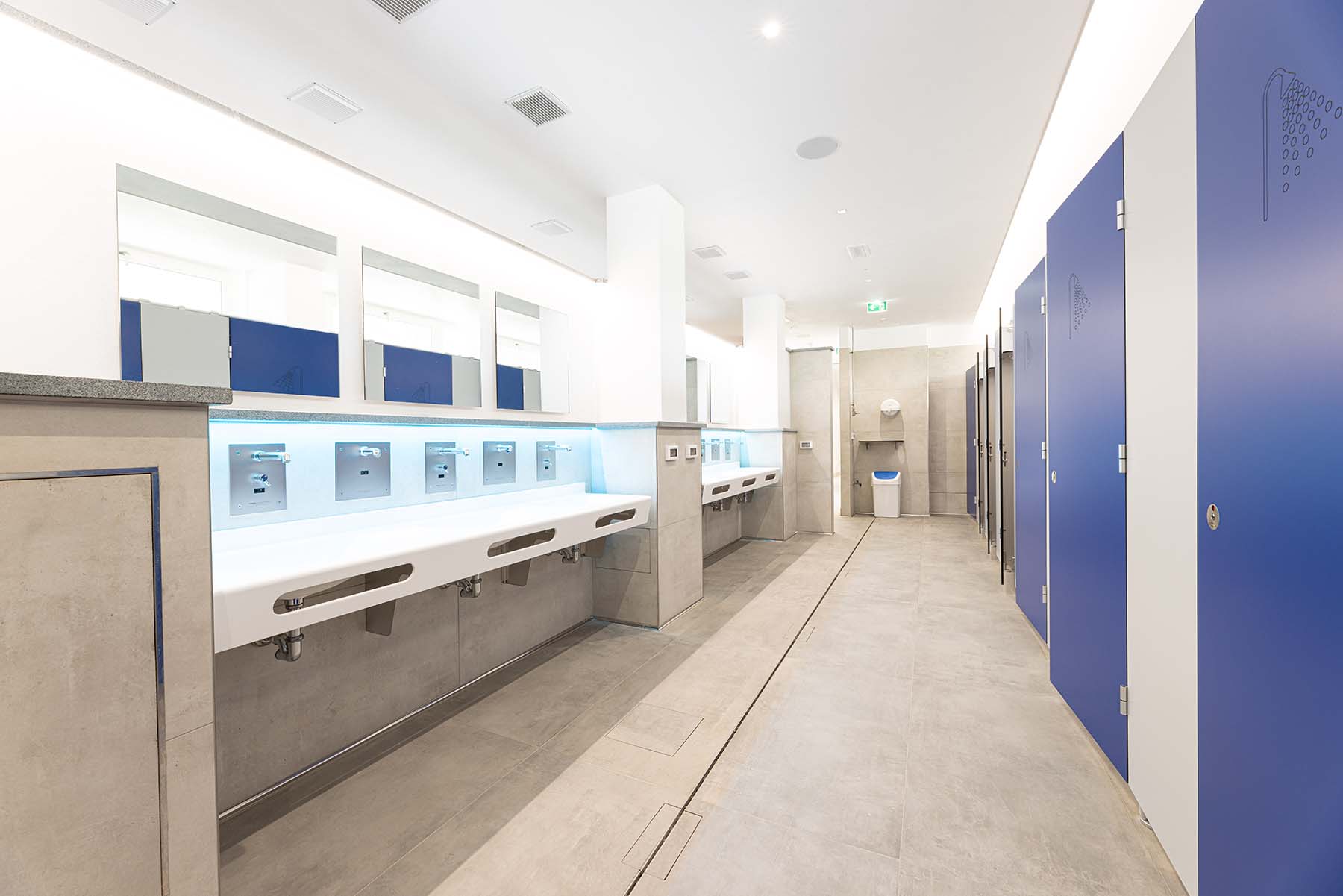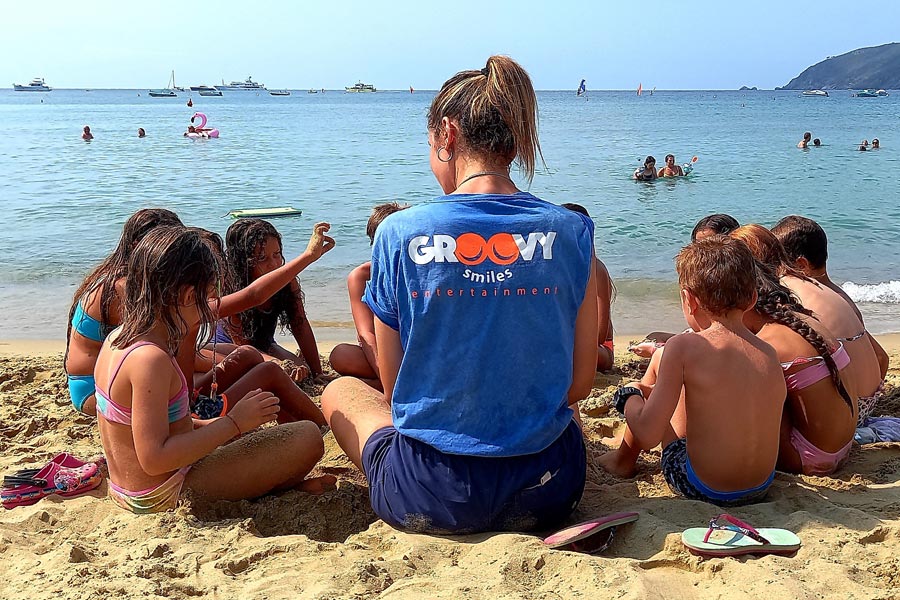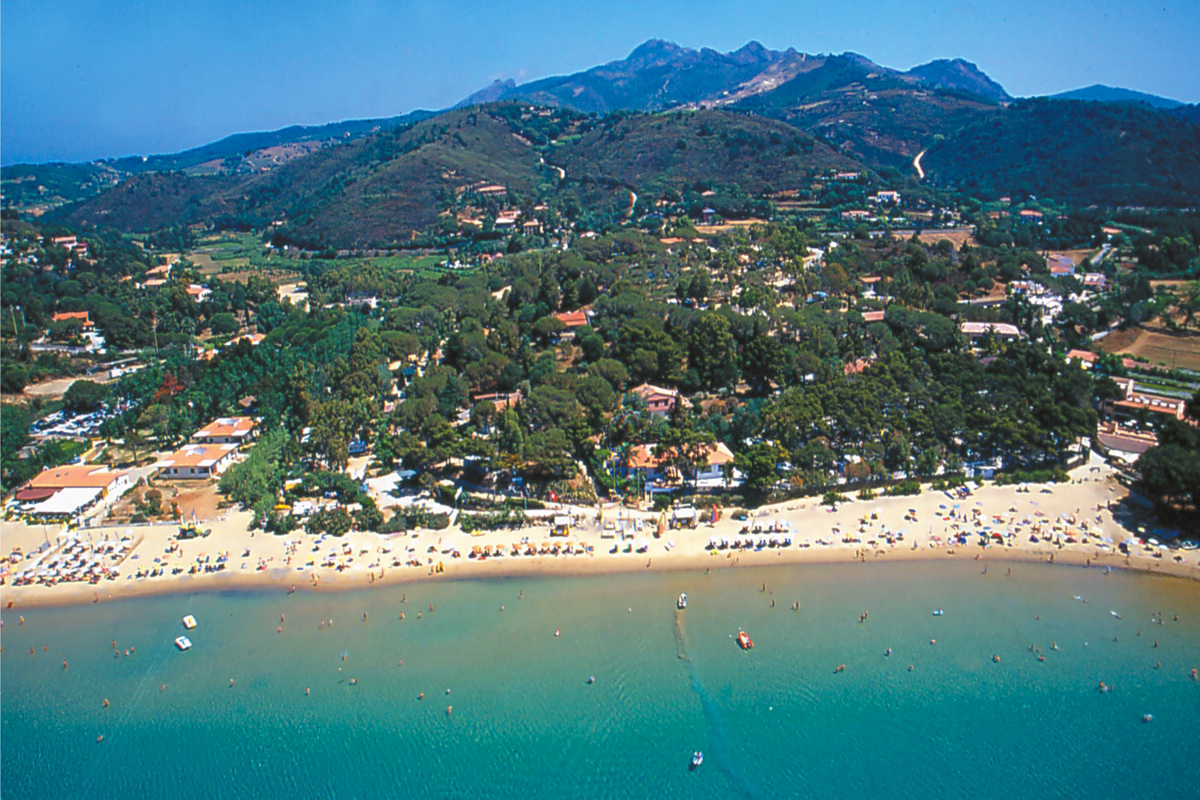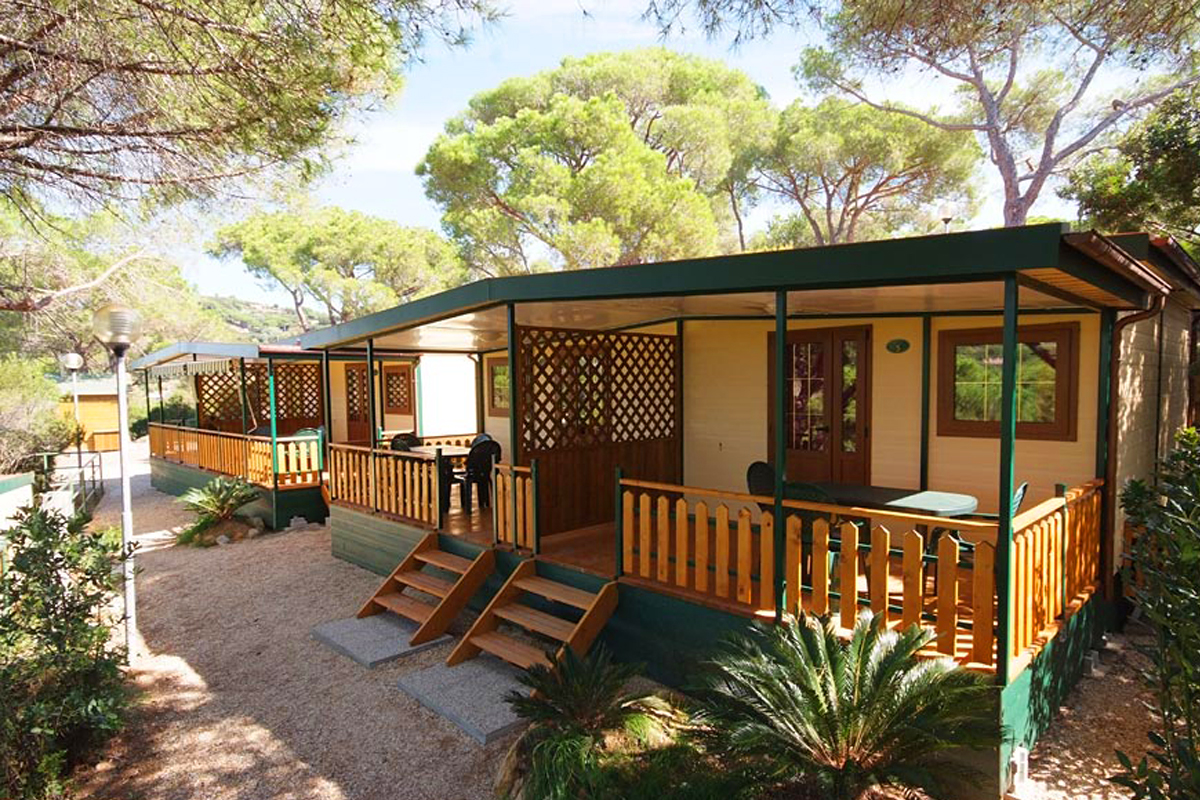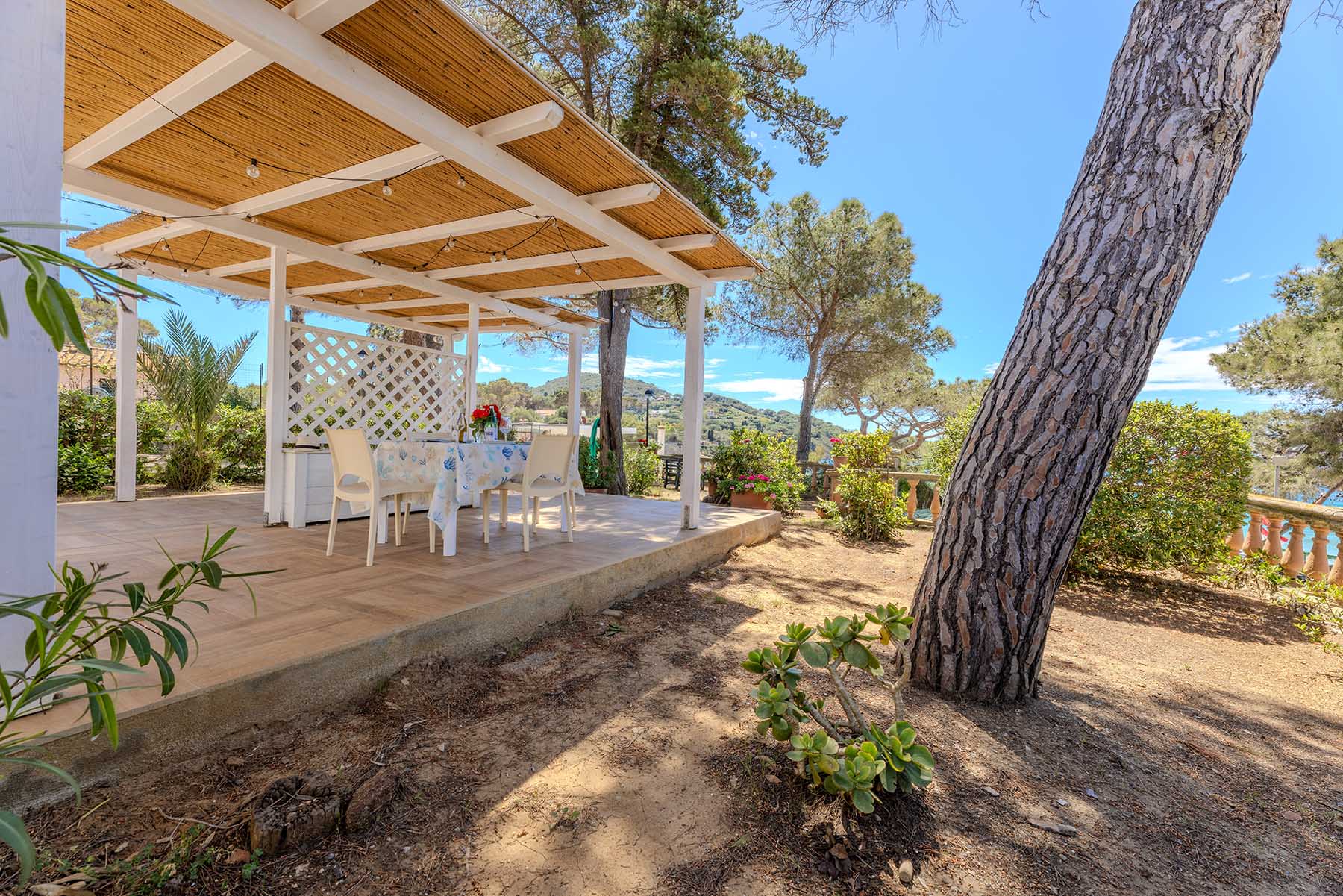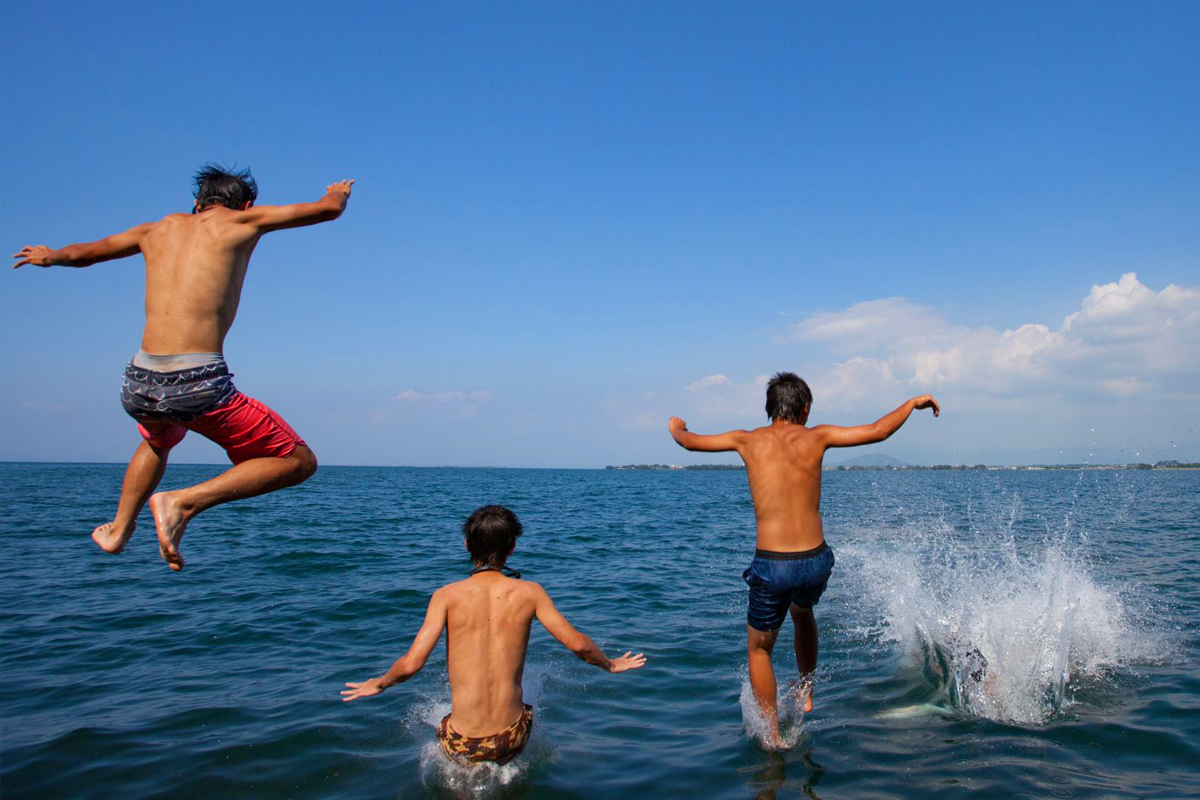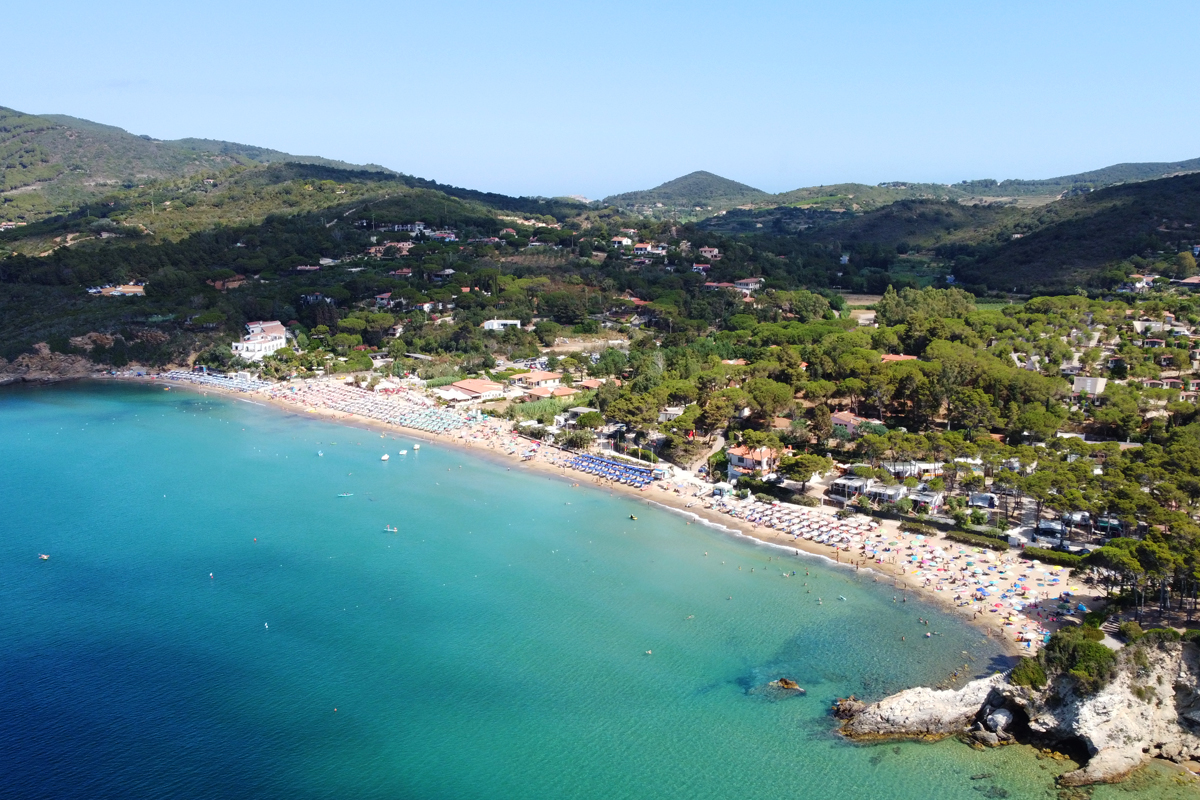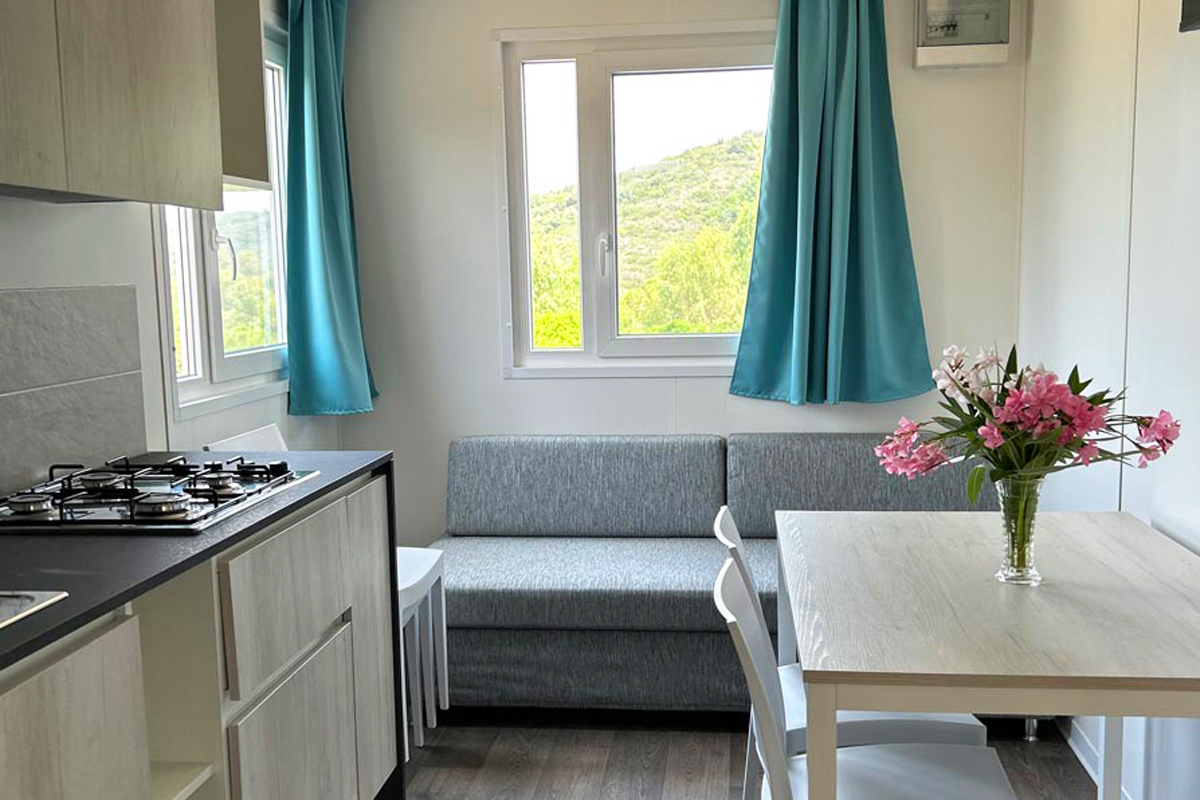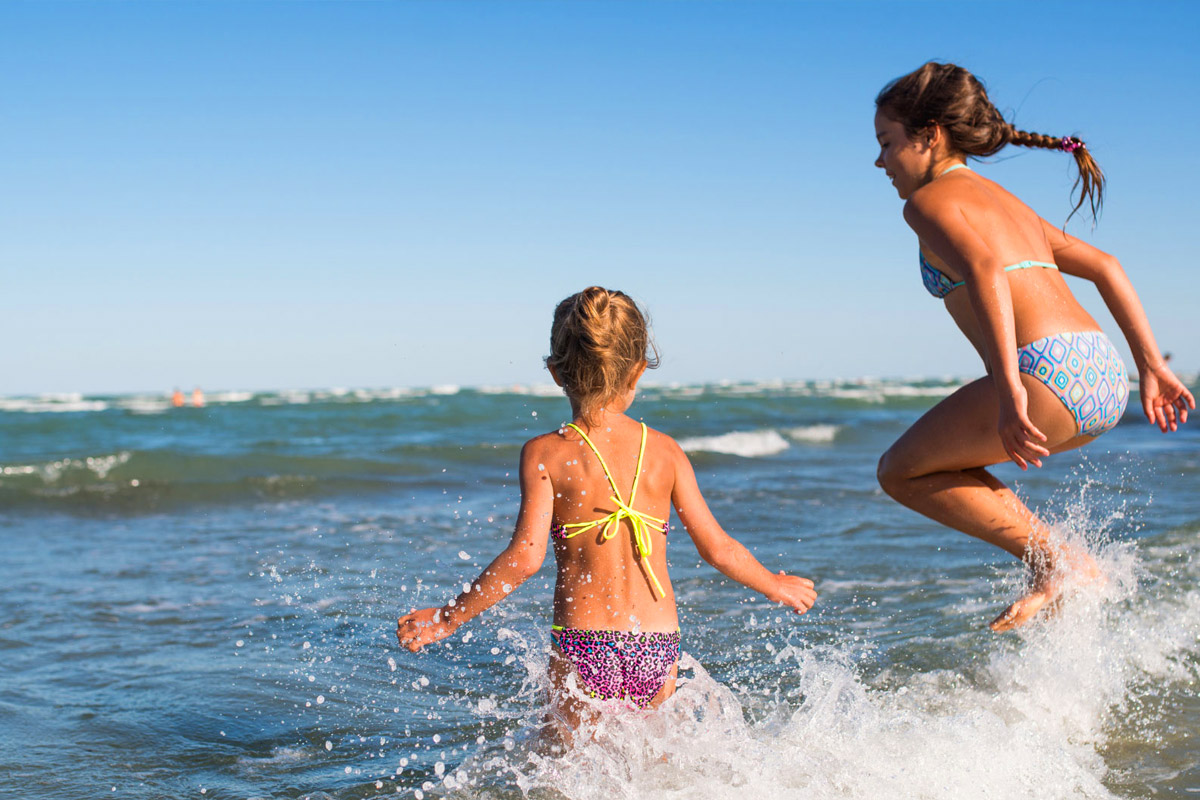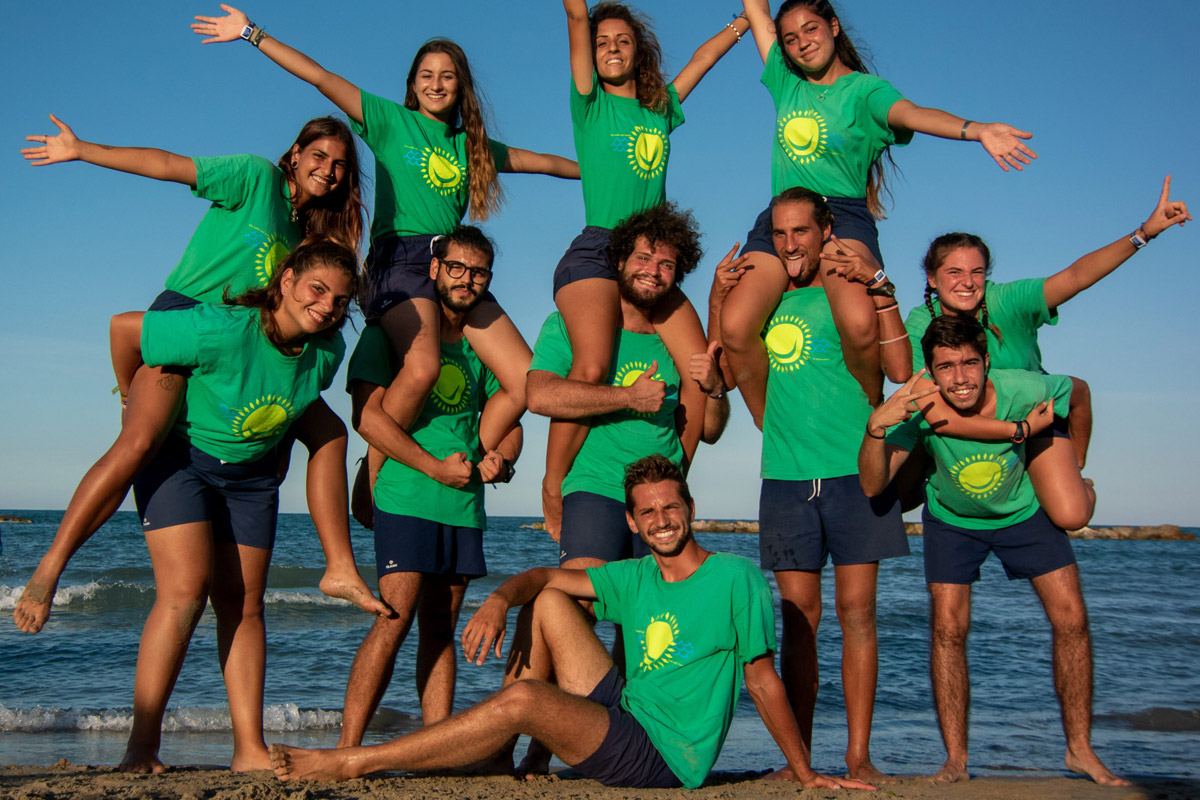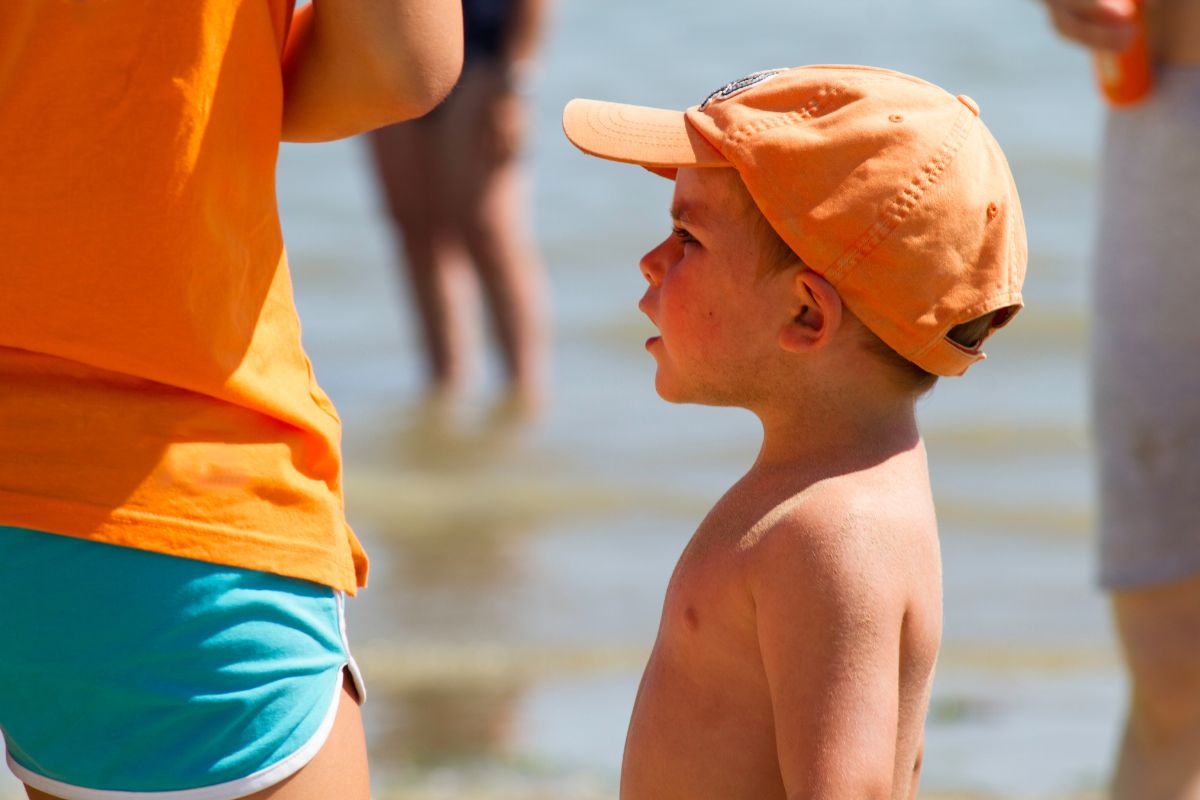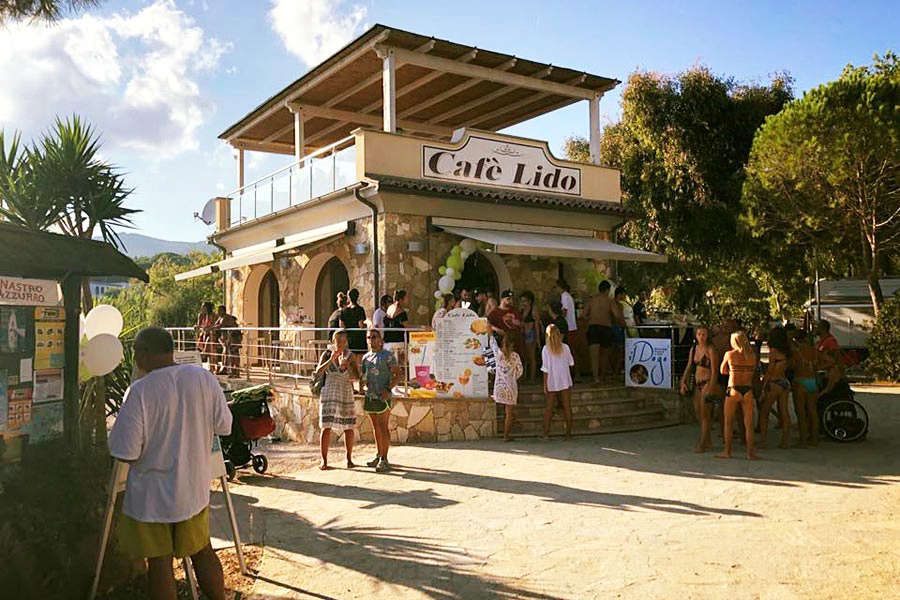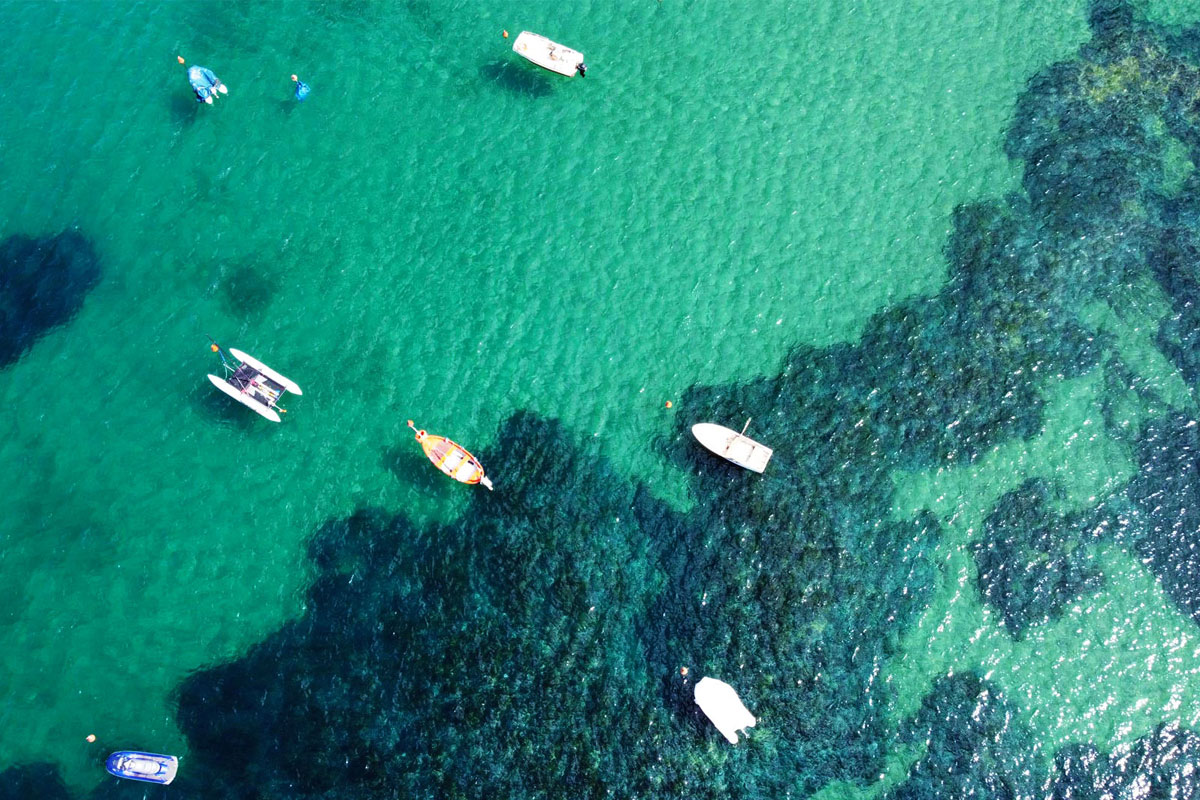Welcome to Camping Lido
Vacations on Elba Island in pitches, bungalows, apartments
Located in the center of the renowned sandy beach of Lido di Capoliveri, one of the widest on the island of Elba, the campsite directly overlooks the sea of the beautiful Stella Gulf (Golfo Stella). An excellent location for those who love a relaxing holiday where the sound of the waves from the sea will lull you during moments of rest.
A few kilometers away from the campsite are the lively towns of Capoliveri, an adorable medieval village, Porto Azzurro, lying gently on the sea. Portoferraio, Elba’s capital and historical and cultural center, is 10 kilometers away.
Camping Lido, despite its small size, can offer you various types of accommodations: in addition to classic pitches for tents, campers, and caravans, it also offers stays in modern bungalows, apartments, and equipped caravans.
Immerse yourself in the unspoiled nature of Elba Island at Camping Lido, a heavenly spot run with family passion since 1997. Directly on the renowned sandy beach of Lido di Capoliveri, in the heart of the Stella Gulf, we offer you a unique vacation experience amid crystal clear sea and refreshing shade of pine, holm oak and eucalyptus trees.
Choose from sea view pitches, comfortable apartments, mobile homes or fully equipped caravans, and be lulled by the beauty of Elba’s nature for a relaxing and adventurous escape from routine.
Immerse yourself in the unspoiled nature of Elba Island at Camping Lido, a heavenly spot run with family passion since 1997. Directly on the renowned sandy beach of Lido di Capoliveri, in the heart of the Stella Gulf, we offer you a unique vacation experience amid crystal clear sea and refreshing shade of pine, holm oak and eucalyptus trees.
Choose from sea view pitches, comfortable apartments, mobile homes or fully equipped caravans, and be lulled by the beauty of Elba’s nature for a relaxing and adventurous escape from routine.
CHOOSE THE TYPE OF VACATION THAT’S RIGHT FOR YOU!
Bungalows, Apartments, Plots
Discover our accommodation options, perfectly integrated into the enchanting natural landscape: from the comfort of our bungalows, to the convenience of apartments or mobile homes/caravans, to the spaciousness of our outdoor pitches.
Find your ideal space for a dream vacation!
Bungalow
Discover our bungalows, cozy accommodations located in the highest part of the campground, enveloped in the tranquility of the pine forest. We offer two-room and three-room solutions, capable of accommodating up to 5 people, for a perfect vacation of relaxation and contact with nature.
Apartments
Apartments sleeping from 2 to 8, exclusive retreats right by the sea. With outdoor spaces to experience the sun and sea breeze, a barbecue for convivial evenings, outdoor shower to cool off, and private parking. Experience a unique vacation between comfort and nature.
Pitches
For an authentic and rejuvenating camping experience, choose one of our pitches, a peaceful corner near the sea, ideal for campers and caravans in the flat area or for tents in the charming terraced area, all enveloped in the refreshing shade of eucalyptus, pine trees and Mediterranean scrub.
CAMPING BY THE SEA ON THE ISLAND OF ELBA
Booking directly with us pays off
FUN GUARANTEED
Animation & Mini Club
At Camping Lido, located on the beautiful Island of Elba, we offer an exclusive MiniClub for children ages 3 to 12, run by the experienced animators of Groovy Smiles, available in July and August. The days begin with fun activities at the beach and continue with creative workshops at the playground, promoting teamwork and creativity. We prioritize safety, with a careful adult/child ratio, ensuring that your children are in good hands while you enjoy a relaxing vacation. Our MiniClub represents the perfect balance of fun for children and relaxation for adults, promising an unforgettable vacation for the whole family.
At Camping Lido, located on the beautiful Island of Elba, we offer an exclusive MiniClub for children ages 3 to 12, run by the experienced animators of Groovy Smiles, available in July and August. The days begin with fun activities at the beach and continue with creative workshops at the playground, promoting teamwork and creativity. We prioritize safety, with a careful adult/child ratio, ensuring that your children are in good hands while you enjoy a relaxing vacation. Our MiniClub represents the perfect balance of fun for children and relaxation for adults, promising an unforgettable vacation for the whole family.
WITH PANORAMIC TERRACE
Bar – Sandwich Shop
In the heart of Camping Lido you will find our cozy sandwich bar, the perfect place for a tasty break at any time of the day. From breakfast to sundown, enjoy a wide selection of sandwiches, snacks and refreshing drinks, surrounded by the serenity of our natural environment.
LIDO DI CAPOLIVERI
Beach
Our beach, with its soft sandy bottom gently sloping into the crystal clear sea and a warmer temperature due to its southern exposure, is a paradise for every family. Ideal for children and enriched by numerous services such as bathing establishments, windsurfing schools, dinghy and umbrella rentals, and pedal boats,
ANIMALS ALLOWED
Pet-Friendly
Discover the magic of Elba Island, a perfect destination even for your faithful four-legged friend. Our camp enthusiastically welcomes pets, offering dedicated services to ensure that they too can enjoy a relaxing and fun vacation.
Ready for Adventure?
Family Hospitality and Unspoiled Nature on Elba Island
Since 1997, the family-run Camping Lido has welcomed you to the heart of the Stella Gulf, offering authentic hospitality right on the sandy beach of Capoliveri. With a variety of accommodations nestled in the shade of pines, holm oaks and eucalyptus trees and a range of services designed for every need, here hospitality blends with the natural beauty of Elba Island, promising an unforgettable vacation just steps from the sea.


